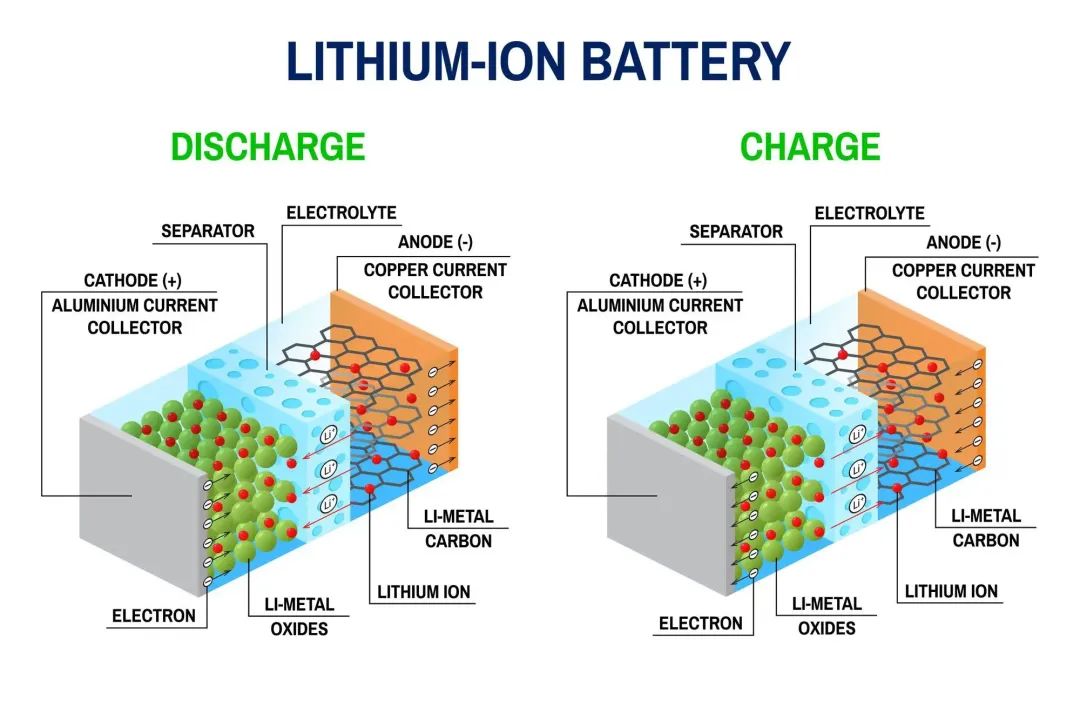Content source: ESPlaza long-term energy storage network
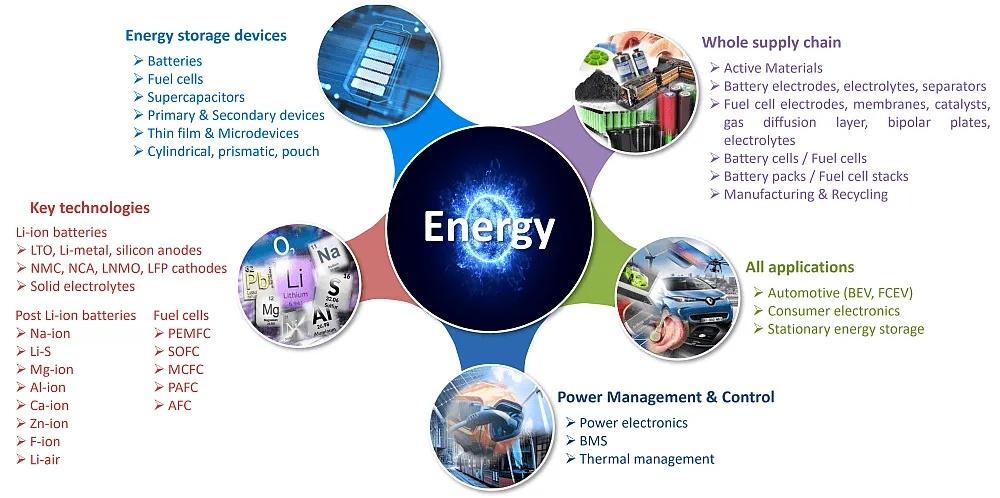
Achieving carbon peak carbon neutrality and striving to build a clean, low-carbon, safe and efficient energy system are major decisions and arrangements made by the Party Central Committee and the State Council.
New energy storage is an important support to help achieve the "double carbon" goal, an important means to ensure the security of energy supply, a key element in building a new power system, and an important direction for cultivating strategic emerging industries, with broad development prospects. This article aims to analyze and compare the technical characteristics and application scenarios of the main technical routes of new energy storage, and on this basis, forecast the future development trend of new energy storage.
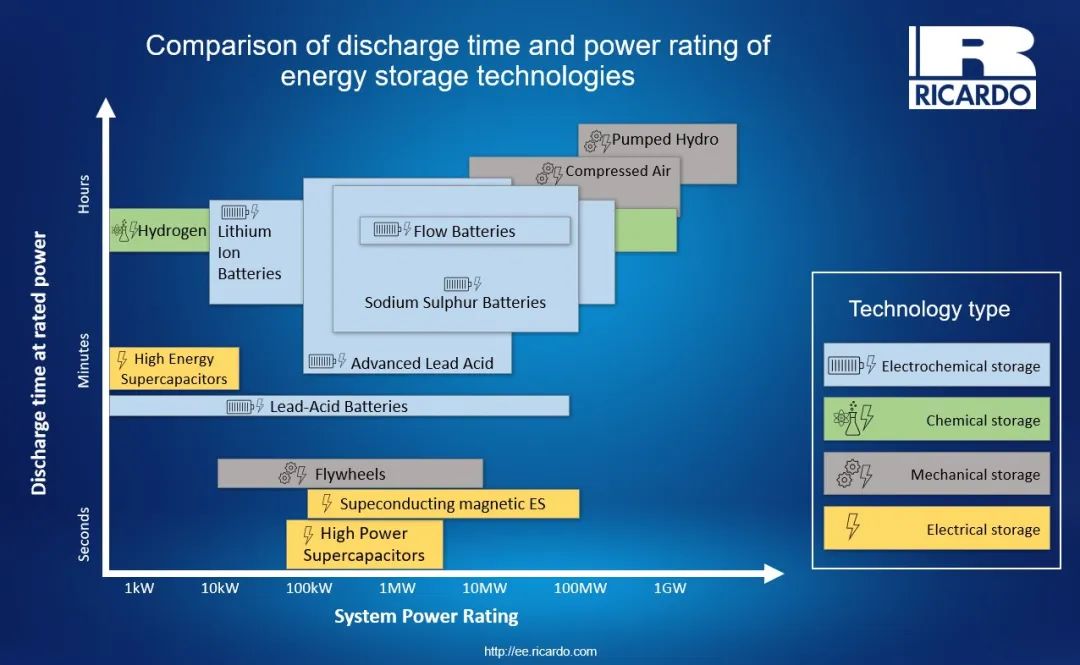
1
Overview of new energy storage development
The development history of energy storage technology can be traced back to the early 19th century, when people began to explore methods of converting electrical energy into chemical energy, thermal energy and other forms for storage.
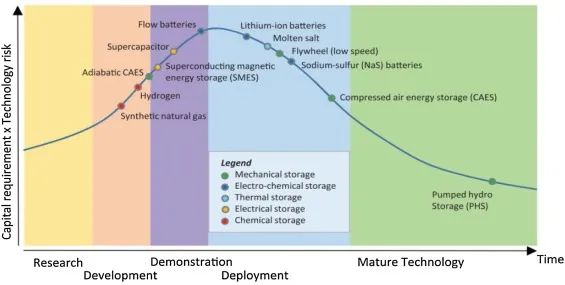

It was not until the early 20th century that electrochemical energy storage technology represented by lead-acid batteries began to become popular, providing a reliable means for energy storage and utilization. With the advancement of science and technology and the application of new materials, energy storage technology has been constantly innovated and improved. New electrochemical energy storage technology represented by lithium-ion batteries has emerged. Its advantages such as high energy density, long life, environmental protection and no pollution have been favored by It has been widely recognized and has become the current mainstream energy storage technology.
Although the scale of new energy storage installed capacity is growing rapidly, the development of new energy storage still faces problems such as high costs, lack of a price mechanism, imperfect standards and regulations, and difficulty in project implementation.
2
Main technical routes for new energy storage
New energy storage mainly includes three major technical paths: electricity storage (electrochemical energy storage, mechanical energy storage, and electromagnetic energy storage), hydrogen storage, and heat storage. Compared with pumped hydro energy storage, new energy storage has the advantages of short construction period, simple and flexible site selection, and strong adjustment capabilities. It is better matched with new energy development and consumption, and its advantages are gradually becoming more and more prominent.
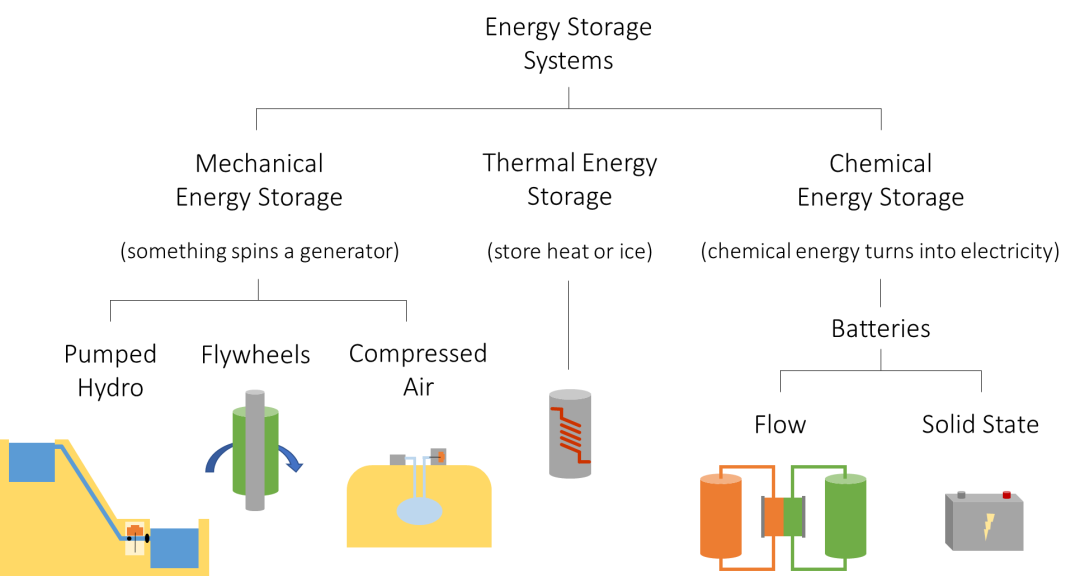
2.1 Electricity storage
Electricity storage can be divided into three categories: electrochemical energy storage, mechanical energy storage and electromagnetic energy storage. Electrochemical energy storage mainly includes lithium-ion batteries, flow batteries, lead-acid batteries and sodium-ion batteries; mechanical energy storage mainly includes compressed air energy storage, flywheel energy storage and gravity energy storage; electromagnetic energy storage mainly includes supercapacitor energy storage and superconducting energy storage, etc.
2.1.1 Electrochemical energy storage
Electrochemical energy storage is the most widely used new energy storage technology and has the potential for large-scale promotion. Electrochemical energy storage is a technology that stores electrical energy through electrochemical reactions. Compared with other energy storage technology routes, electrochemical energy storage systems have higher energy density, moderate response speed, wide application range, easier mass production, installation, operation and maintenance, and excellent potential for large-scale promotion.
Of the global cumulative installed capacity of new energy storage in 2022, 97% will be electrochemical energy storage (of which lithium-ion batteries account for 94.4%). As the industrial chain matures, technology advances and costs decline, the prospects for electrochemical energy storage become broader.


(1)Lithium-ion battery energy storage
Technical features. Lithium-ion batteries have the advantages of fast charge and discharge speed, high overall efficiency, strong technical practicality, and few limiting factors. Among various electrochemical energy storage technologies, lithium battery energy storage has outstanding performance in terms of cycle times, energy density, response speed, etc. All have great advantages. However, lithium-ion batteries have shortcomings such as safety and poor low-temperature performance.
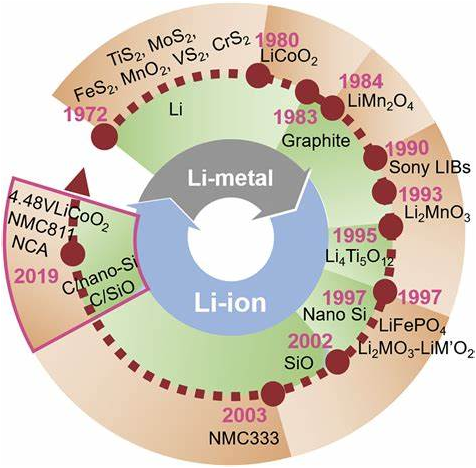
Application scenarios. Lithium-ion batteries have a wide range of application scenarios and can be used in all aspects of the power supply side, grid side, and user side of the power system, including AGC frequency modulation power stations, wind/solar energy storage power stations, peaking/frequency modulation power stations, emergency power supplies, etc.; the application modes are diverse and can Achieve multiple functions such as peak shaving and frequency modulation.
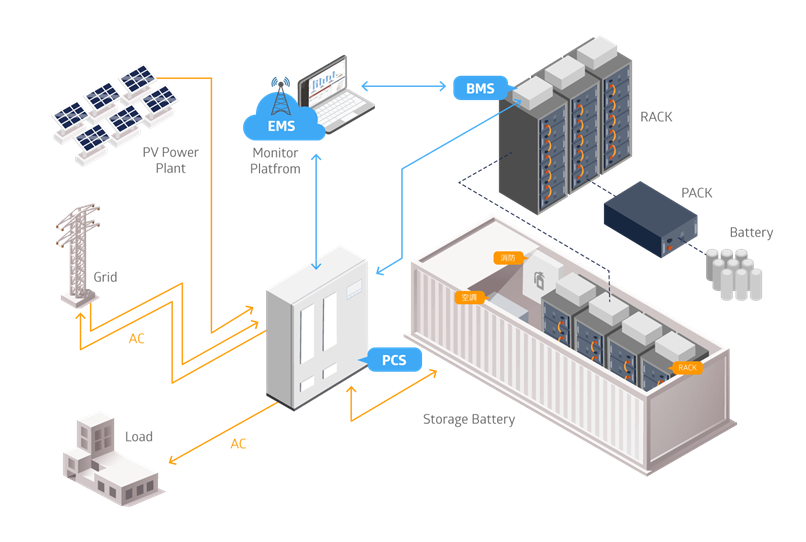
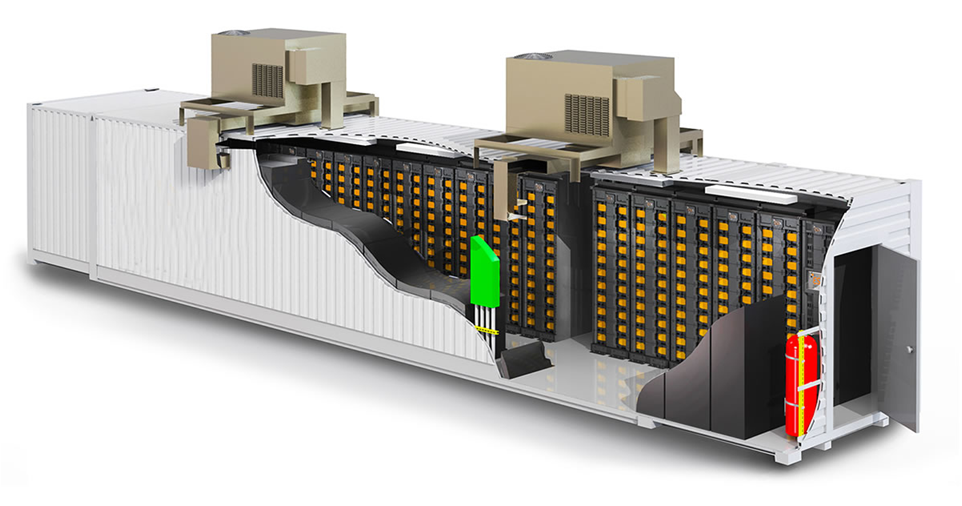
Technology maturity. At present, lithium-ion battery technology has achieved large-scale application, with lithium iron phosphate battery technology as the main technology route. Judging from the current commercialization process, lithium-ion battery technology is very mature. In the future, we will focus on research on safety materials, intelligent manufacturing, and battery recycling and reuse.







